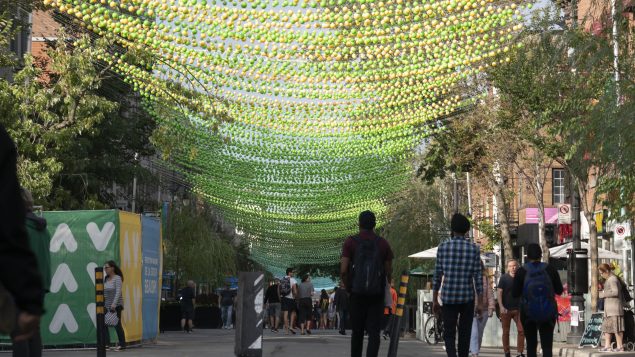A new report from Statistics Canada paints a bleak picture of how gay, lesbian, bisexual and other minority people are treated in Canada.
The report shows that members of LGBTQ communities are nearly three times more likely than heterosexuals to experience sexual or physical assault.
Statistics Canada says the research is the first large-scale study of its kind to facilitate collecting information on the number of transgender and nonbinary Canadians.
The findings from a 2018 survey based on safety in public and private places are not pretty:
- Gay, lesbian, bisexual and other sexual minority people in Canada were almost three times more likely than heterosexual Canadians to report that they had been physically or sexually assaulted in the previous 12 months in 2018.
- They were more than twice as likely to report having been violently victimized since the age of 15.
- Sexual minority Canadians were also more than twice as likely as heterosexual Canadians to experience inappropriate sexual behaviours in public, online or at work in the previous 12 months.

People walk on a Pride flag crosswalk in Calgary on Aug. 18, 2019. The LGBTQ rainbow flag was defaced with a violent message that was later covered with fresh paint and and positive messages written in chalk. (THE CANADIAN PRESS/Dave Chidley)
Some numbers:
- Nearly one million Canadians aged 15 or older identified as part of a sexual minority group, and another 75,000 Canadians identify as transgender.
- Fifty-nine per cent of people from sexual minorities said they had been assaulted at some point since the age of 15, compared with 37 per cent among heterosexuals.
- Eleven per cent of sexual minority Canadians said they had been sexually or physically assaulted in the previous 12 months, compared with four per cent of heterosexual Canadians.
- The research also shows sexual minority Canadians are also more than twice as likely as heterosexuals to endure inappropriate sexual behaviour in public. (Fifty-seven per cent said they had such an experience in the previous 12 months, compared with 22 per cent reported by heterosexuals.)
- A similar pattern exists in the workplace, where inappropriate jokes and unwanted sexual attention were more frequently experienced by sexual minorities, the study found.
And what of the emotional scars?
The general public got a slight taste of them earlier this year when activist Sarah Hegazi was found dead in her Toronto apartment of an apparent suicide at the age of 30. Her crime: waving a rainbow flag at a concert in Cairo by the Lebanese band Mashrou’Leila, whose lead singer Hamed Sinno is openly gay.

A friend captured a photo of Sarah Hegazi hoisting a rainbow flag at a concert in Cairo in 2017. She was arrested and tortured by the Egyptian authorities not long after. She was found dead in her Toronto apartment in June–from an apparent suicide. (Amr Magdi/Twitter)
“Although the survey data cannot be used to establish causality between experiences of victimization and mental health, reports of poor or fair mental health were almost three times higher among sexual minority Canadians (32%) than heterosexual Canadians (11%) in 2018. Sexual minority Canadians (40%) were also almost three times more likely to report having seriously contemplated suicide at some point in their lives than heterosexual Canadians (15%),” the study says.
Moreover, according to the study:
“In 2018, almost 3 in 10 (29%) sexual minority victims reported that they had used drugs or alcohol in the previous 12 months to cope with their lifetime experiences of abuse or violence, almost triple the proportion of heterosexual victims (10%).
“In general, other health-risk behaviours such as binge drinking, non-medicinal cannabis use and non-prescribed drug use were also more prevalent among sexual minority than heterosexual Canadians.”
The survey did not include assaults committed by someone who was an intimate partner.
The study is the latest in a series connected to Statistics Canada’s Centre for Gender, Diversity and Inclusion Statistics, which was created to support the development of evidence-based policies and programs by monitoring changes and reporting on gender, diversity and inclusion issues.
With files from The Canadian Press, Statistics Canada







For reasons beyond our control, and for an undetermined period of time, our comment section is now closed. However, our social networks remain open to your contributions.